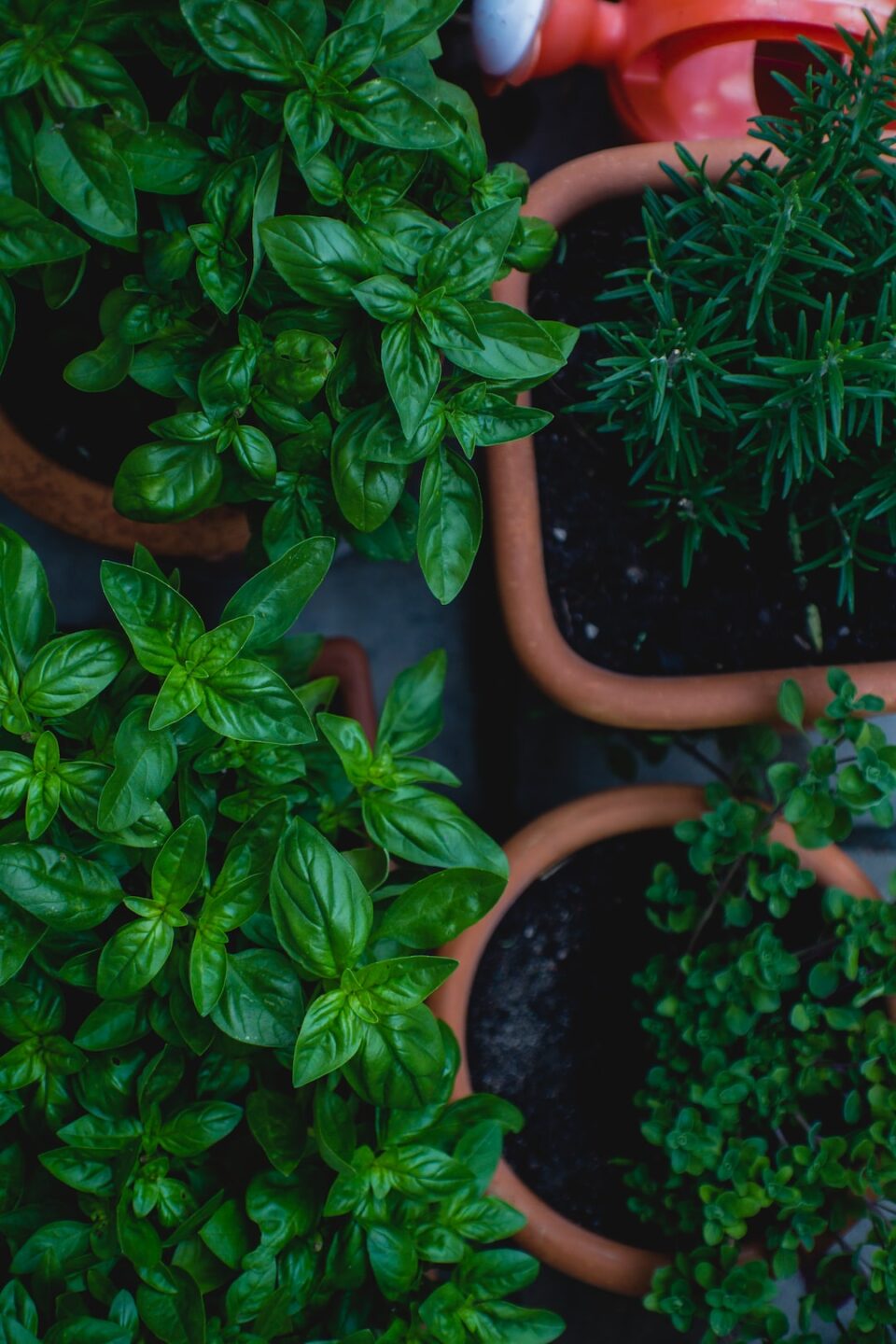The Benefits of Companion Planting in Your Garden
If you’re a gardening enthusiast, you’ve probably heard of companion planting. This age-old gardening technique involves planting different types of plants close to each other that benefit from their proximity. While it may seem like a simple concept, companion planting offers a plethora of advantages, including improved pest control, enhanced pollination, and healthier soil. In this blog post, we’ll delve into the benefits of companion planting in your garden and explore how this ancient technique can help you create a flourishing and sustainable environment for your plants.
1. Pest Control:
One of the primary benefits of companion planting is the capability to ward off pests naturally. Certain plants produce compounds that repel insects, and these plants can act as natural insect deterrents when planted near vulnerable plants. For instance, marigolds emit a scent that repels nematodes, aphids, and other harmful insects, making them an excellent companion for vegetables like tomatoes, peppers, and cucumbers. Similarly, planting basil near tomatoes can help deter pests like mosquitoes and flies, thanks to its characteristic aroma. By adding companion plants to your garden, you not only reduce the need for harmful chemical insecticides but also maintain a balanced ecosystem by attracting beneficial insects like ladybugs and bees that prey on pests.
2. Enhanced Pollination:
Companion planting can significantly improve pollination in your garden. Many plants depend on pollinators like bees, butterflies, and hummingbirds to transfer pollen from male to female flowers, thereby aiding in the fruiting process. By including plants that attract pollinators, such as lavender, sunflowers, and borage, you’ll encourage these beneficial creatures to visit your garden regularly. Providing a diverse array of nectar-rich flowers will not only boost pollination in your garden but also contribute to the overall health and biodiversity of the surrounding environment.
3. Soil Enrichment:
Companion planting promotes healthier soil by encouraging nutrient cycling and reducing soil erosion. Certain plants, known as nitrogen-fixing plants, have the remarkable ability to convert nitrogen from the air into a usable form for other plants. For example, legumes like peas and beans host bacteria in their root systems that fix nitrogen in the soil, improving its fertility. By planting nitrogen-fixing plants alongside crops that require a significant amount of nitrogen, such as corn or tomatoes, you can naturally replenish the soil’s nutrient levels without relying on synthetic fertilizers. Additionally, certain plants like comfrey have deep taproots that mine valuable minerals from deep within the soil, making them a great choice for companion planting if you want to enrich your garden soil.
4. Space Optimization:
Companion planting allows for efficient space utilization in your garden. By intercropping plants with different growth habits, you can maximize the use of available space, enabling you to grow more crops in a limited area. For example, tall plants like corn or sunflowers can provide shade and wind protection for smaller, more delicate plants like lettuce or spinach. This technique, known as the “Three Sisters” method, is a traditional Native American practice that combines corn, beans, and squash in a mutually beneficial arrangement. Corn provides a natural trellis for the beans to climb, while the beans fix nitrogen in the soil for all the plants, and the broad squash leaves reduce weed growth by shading the soil. By embracing this practice, you can achieve higher crop yields while ensuring optimal resource utilization.
In conclusion, companion planting is an ancient gardening technique that continues to provide numerous benefits for gardeners worldwide. By strategically selecting plant combinations, you can create a harmonious and self-sustaining ecosystem in your garden, with improved pest control, enhanced pollination, healthier soil, and efficient space utilization. So, why not give companion planting a try and unlock the true potential of your garden? You’ll not only reap the rewards of a flourishing garden but also contribute to the preservation of nature’s delicate balance.

